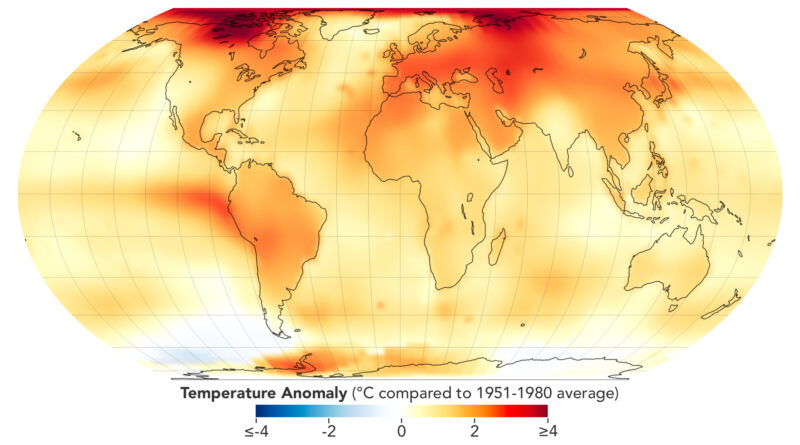Moab Is Seeking Dark Sky Certification
One of the big reasons to get away from the city is to see the magic of the night sky in all of its glory. Away from the bright lights, you can see things like the Milky Way, the zodiacal glow, and even a cool spot in the sky called … [continued]










